|
Johan Mathe is co-founder and Chief Technology Officer at Atmo. He is currently leading scientific and technological development - pushing the boundaries of climate and weather science using AI, applied mathematics and massively parallel distributed systems. His lifelong mission is to bring applied mathematics and AI to the physical sciences. After 8 years at Google and Google X working on Project Loon, leading critical efforts in the planning and simulation team, he went to bring deep learning to the world of cardiology as one of the founding team members at Caption Health. After building the first prototypes and products, he went to bring AI to the world of Plasma Physics, as Director of Engineering at Apollo Fusion (now Astra Space) which recently launched their first propulsion system in orbit. Johan holds 14 patents, various peer-reviewed publications in AI and applied mathematics, and is also a recreational aerobatics pilot. While he was at caption health, he participated in outreach missions in Eldoret, Kenya to help detect rheumatic heart diseases amongst more than 1000 children. Email / LinkedIn / Github / Google Scholar |

|
|
Interest in signal processing, optimization, statistics/machine learning, image processing and control theory. |
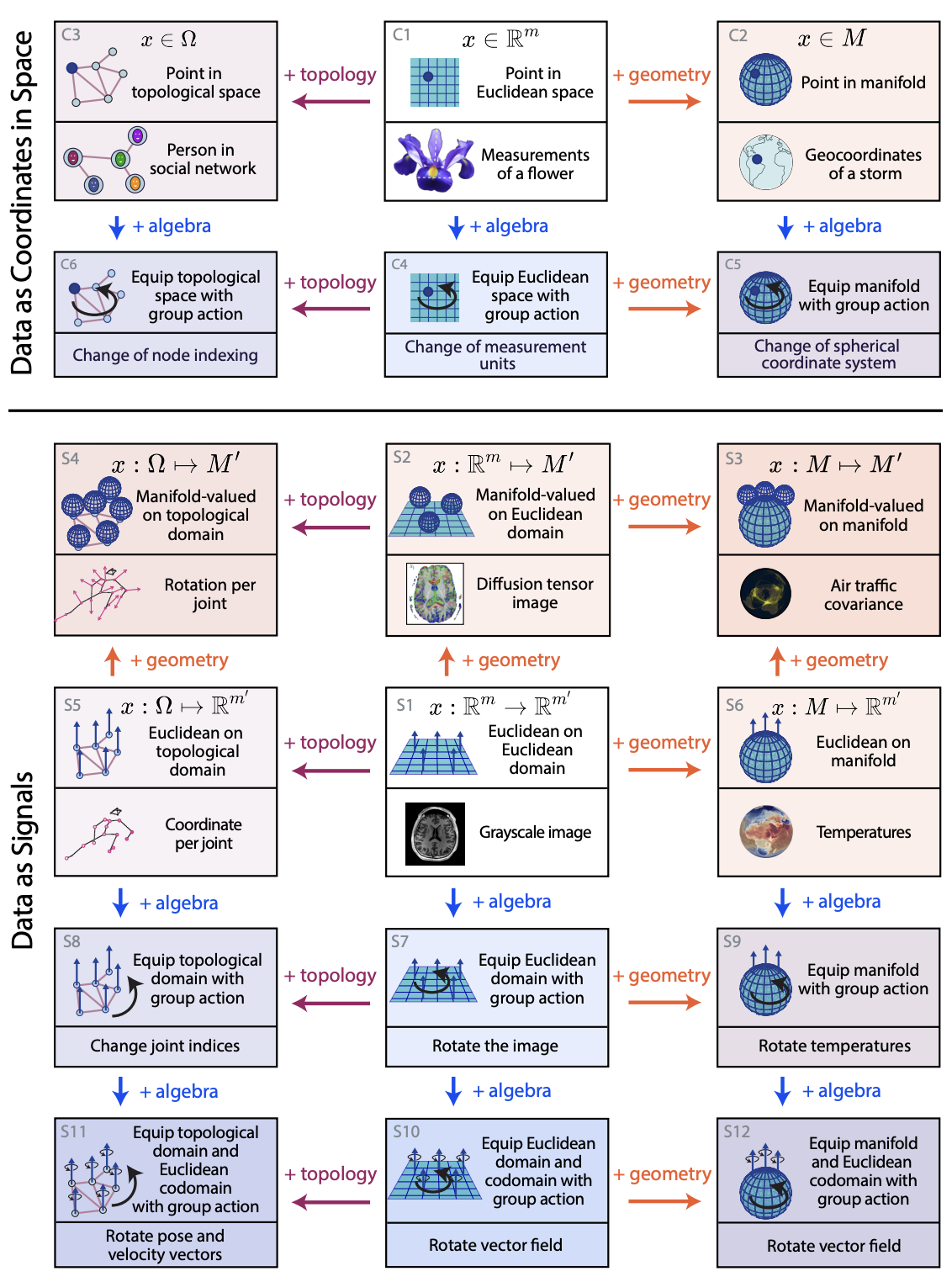 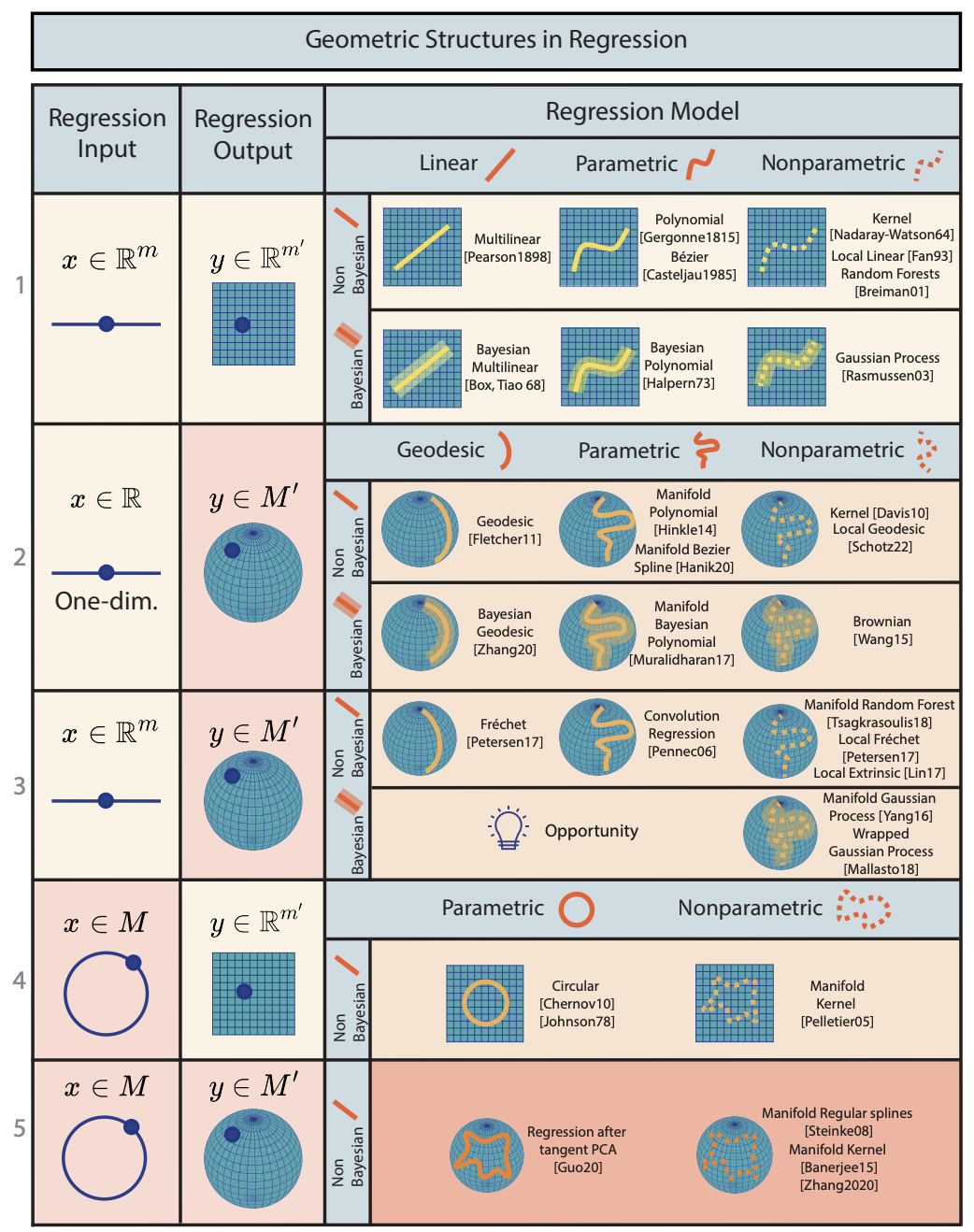
|
Sophia Sanborn, Johan Mathe Mathilde Papillon, Domas Buracas, Hansen J Lillemark, Christian Shewmake, Abby Bertics, Xavier Pennec, Nina Miolane arXiv Preprint, 2024 The enduring legacy of Euclidean geometry underpins classical machine learning, which, for decades, has been primarily developed for data lying in Euclidean space. Yet, modern machine learning increasingly encounters richly structured data that is inherently non-Euclidean. This data can exhibit intricate geometric, topological and algebraic structure: from the geometry of the curvature of space-time, to topologically complex interactions between neurons in the brain, to the algebraic transformations describing symmetries of physical systems. Extracting knowledge from such non-Euclidean data necessitates a broader mathematical perspective. Echoing the 19th-century revolutions that gave rise to non-Euclidean geometry, an emerging line of research is redefining modern machine learning with non-Euclidean structures. Its goal: generalizing classical methods to unconventional data types with geometry, topology, and algebra. In this review, we provide an accessible gateway to this fast-growing field and propose a graphical taxonomy that integrates recent advances into an intuitive unified framework. We subsequently extract insights into current challenges and highlight exciting opportunities for future development in this field. |
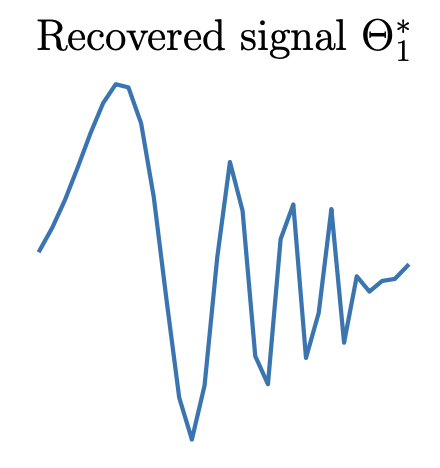 
|
Simon Mataigne, Johan Mathe, Sophia Sanborn, Christopher Hillar, Nina Miolane arXiv Preprint, 2024 An important problem in signal processing and deep learning is to achieve invariance to nuisance factors not relevant for the task. Since many of these factors are describable as the action of a group \( G \) (e.g., rotations, translations, scalings), we want methods to be \( G \)-invariant. The \( G \)-Bispectrum extracts every characteristic of a given signal up to group action: for example, the shape of an object in an image, but not its orientation. Consequently, the \( G \)-Bispectrum has been incorporated into deep neural network architectures as a computational primitive for \( G \)-invariance—akin to a pooling mechanism, but with greater selectivity and robustness. However, the computational cost of the \( G \)-Bispectrum \(\mathcal{O}(|G|^2)\), with \( |G| \) the size of the group, has limited its widespread adoption. Here, we show that the \( G \)-Bispectrum computation contains redundancies that can be reduced into a selective G-Bispectrum with \(\mathcal{O}(|G|)\) complexity. We prove desirable mathematical properties of the selective \( G \)-Bispectrum and demonstrate how its integration in neural networks enhances accuracy and robustness compared to traditional approaches, while enjoying considerable speed-ups compared to the full \( G \)-Bispectrum. |
 
|
Johan Mathe Nina Miolane, Nicolas Sebastien, Jeremie Lequeux, arXiv Preprint, 2019 Photovoltaic (PV) power generation has emerged as one of the lead renewable energy sources. Yet, its production is characterized by high uncertainty, being dependent on weather conditions like solar irradiance and temperature. Predicting PV production, even in the 24 hour forecast, remains a challenge and leads energy providers to keep idle - often carbon emitting - plants. In this paper we introduce a Long-Term Recurrent Convolutional Network using Numerical Weather Predictions (NWP) to predict, in turn, PV production in the 24 hour and 48 hour forecast horizons. This network architecture fully leverages both temporal and spatial weather data, sampled over the whole geographical area of interest. We train our model on a NWP dataset from the National Oceanic and Atmospheric Administration (NOAA) to predict spatially aggregated PV production in Germany. We compare its performance to the persistence model and to state-of-the-art methods. |
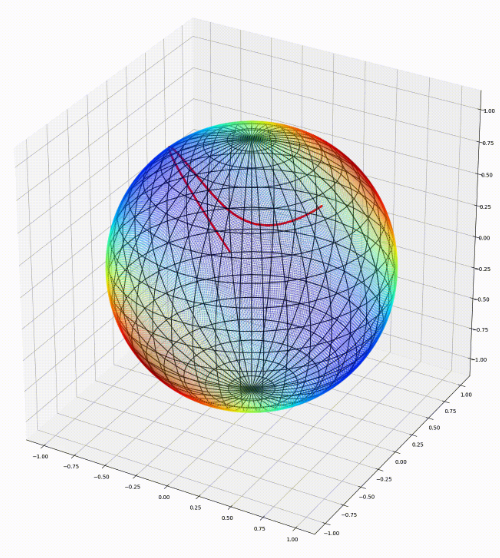 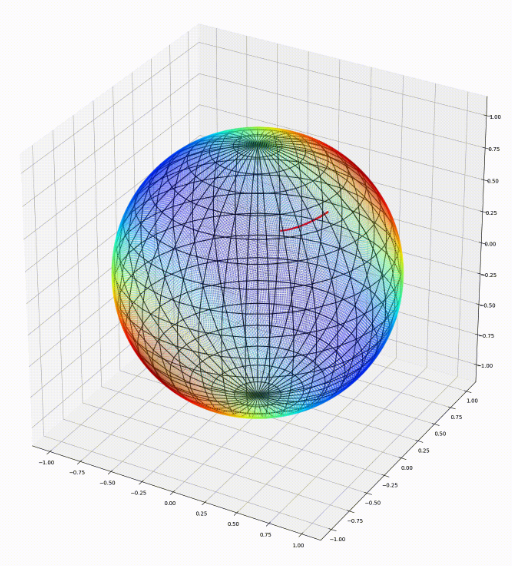
|
Nina Miolane, Johan Mathe Claire Donnat, Mikael Jorda, Xavier Pennec, arXiv Preprint, 2018 project page A python package that performs computations on manifolds such as hyperspheres, hyperbolic spaces, spaces of symmetric positive definite matrices and Lie groups of transformations. |
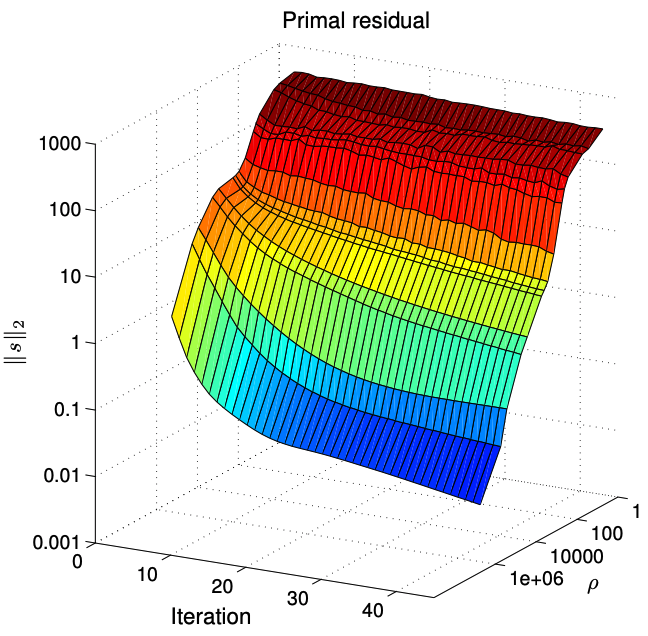 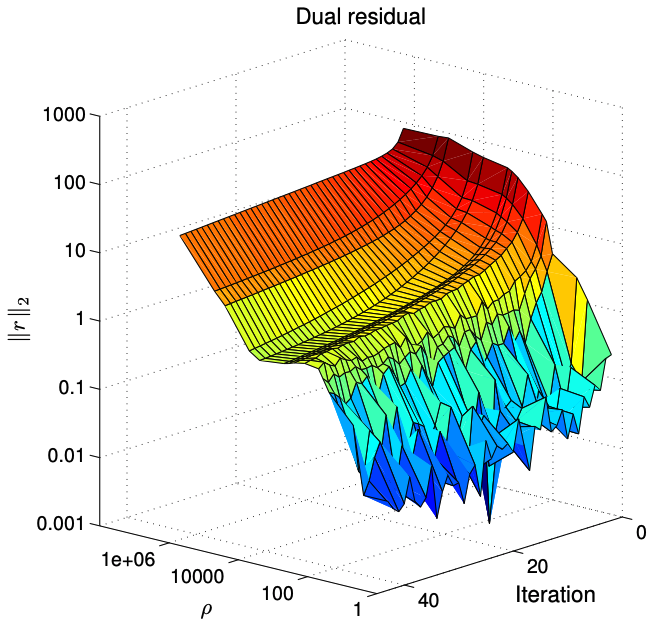
|
Johan Mathe I implemented the Alternate Direction Method of Multipliers (ADMM) global consensus algorithm with the MapReduce framework and compare the resulting performance with another distributed optimization technique. We will also investigate various caveats with this implementation. More recently I implemented a version of ADMM for keras. |
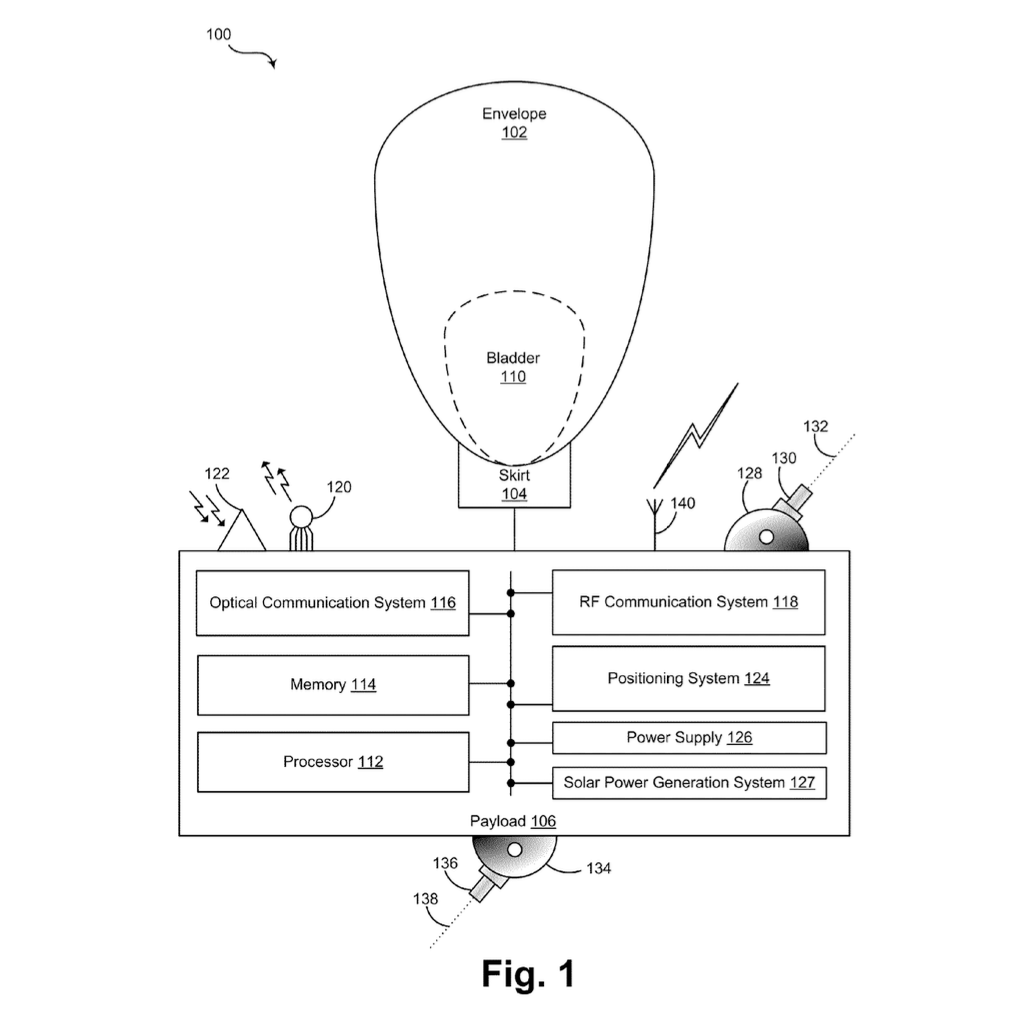 
|
|
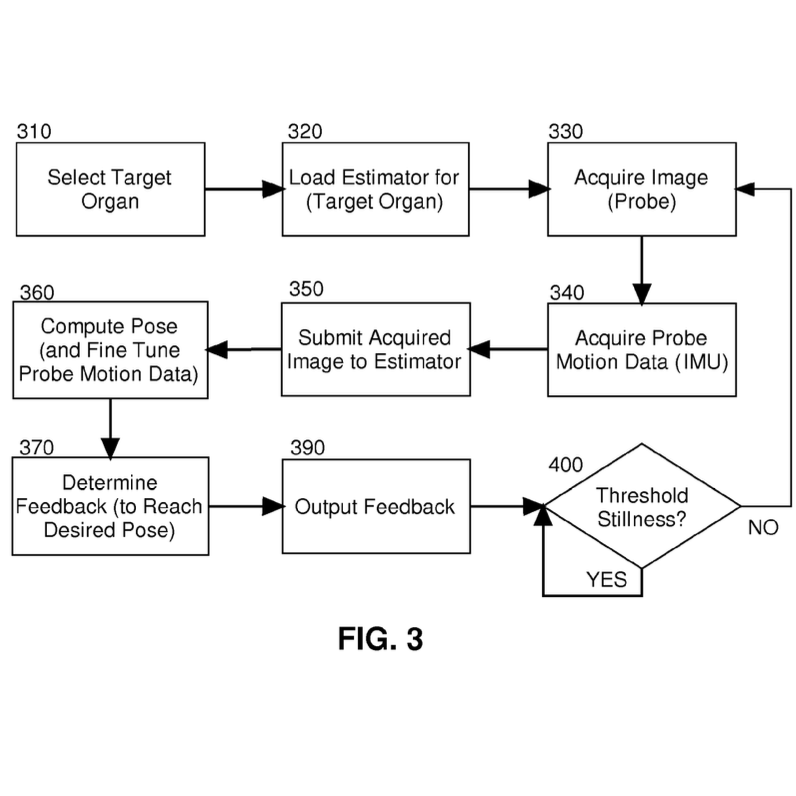 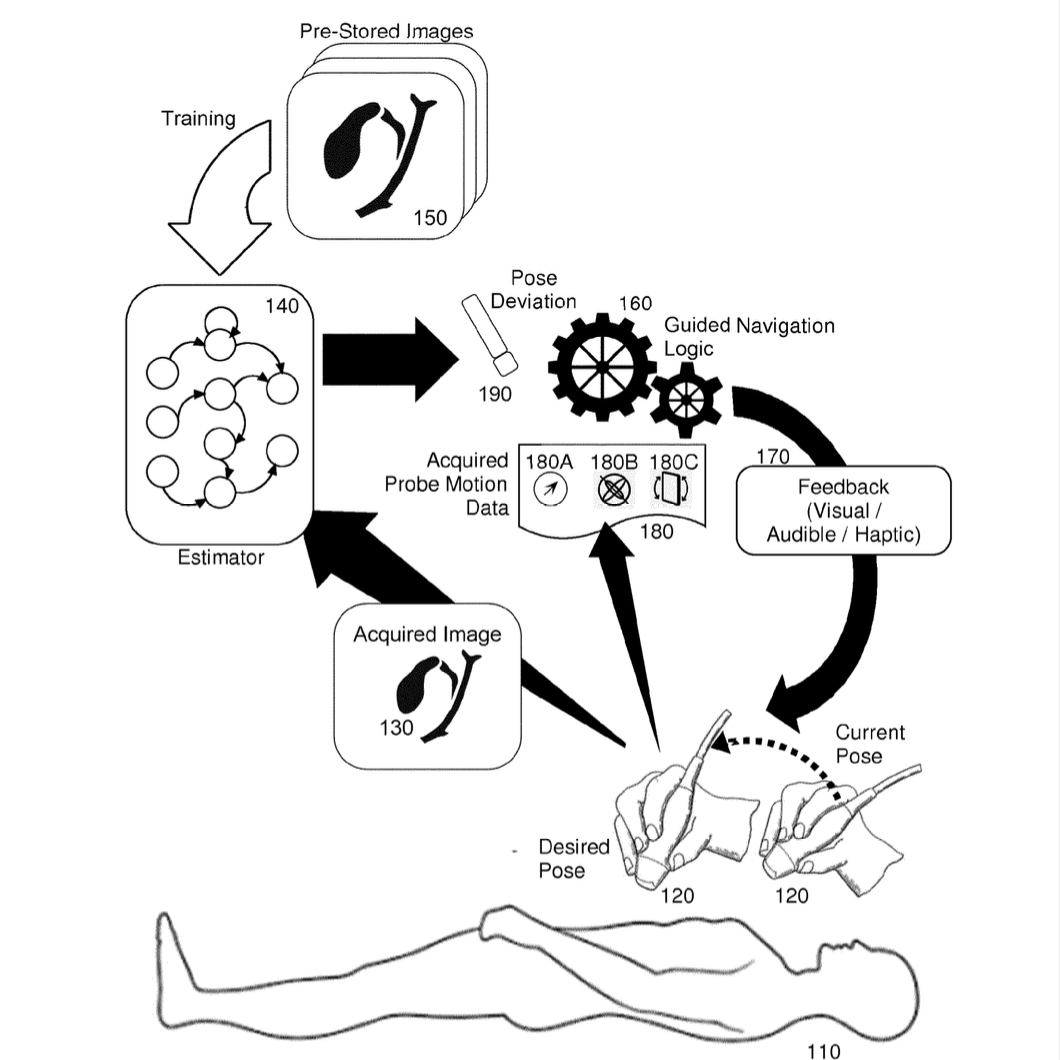
|
Charles Cadieu, Ha Hong, Kilian Koepsell, Johan Mathe, Martin Wojtczyk Embodiments of the invention provide for the guided navigation of an ultrasound probe. In an embodiment of the invention, an ultrasound navigation assistance method includes acquiring an image by an ultrasound probe of a target organ of a body. The method also includes processing the image in connection with an estimator such as a neural network. The processing in turn determines a deviation of a contemporaneous pose evident from the acquired image from an optimal pose of the ultrasound probe for imaging the target organ. Finally, the method includes presenting the computed deviation to an end user operator of the ultrasound probe. |
|
|
 
|
Atmo builds AI-enabled hardware-software systems that solve weather prediction for any city, state, or country. |
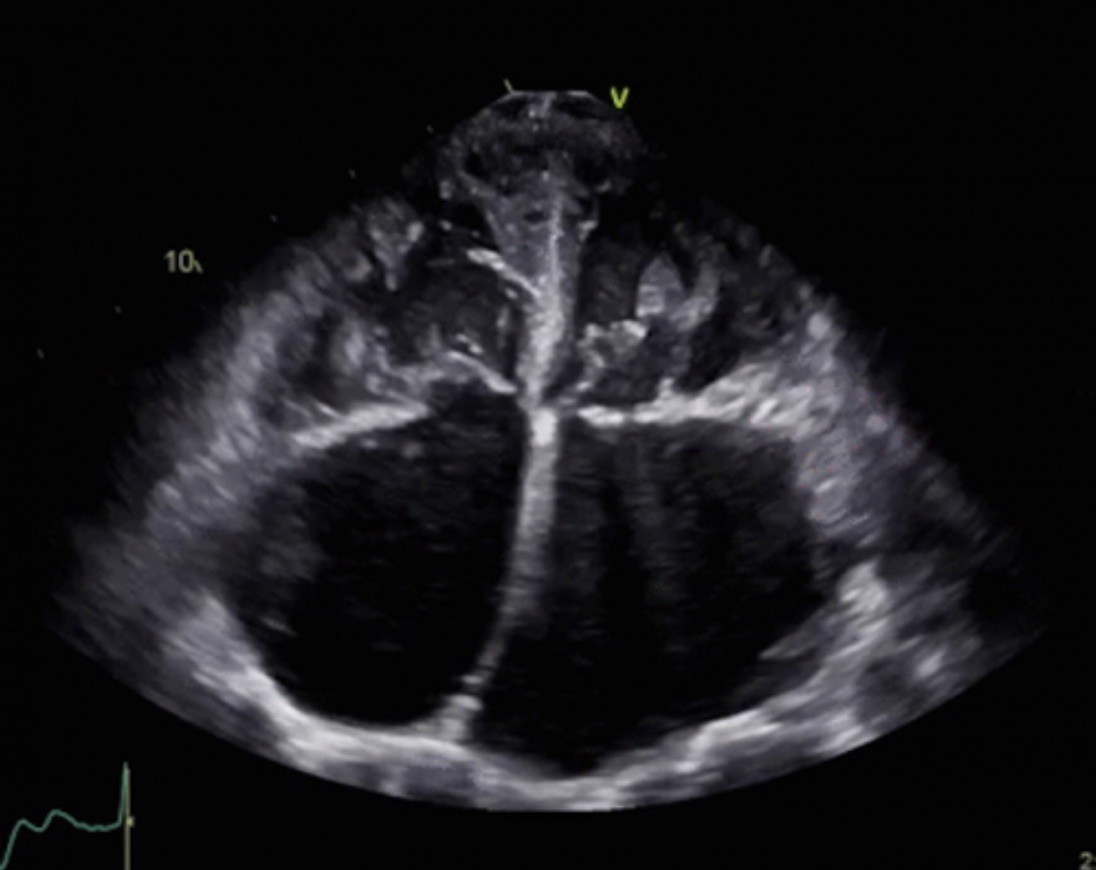 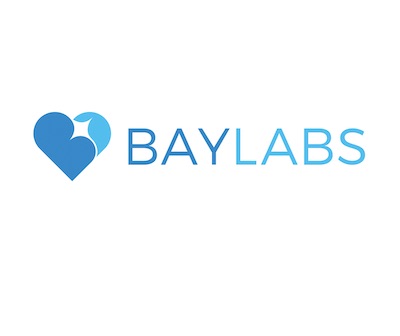
|
I was part of the Caption Health founding team. I designed some of the first guidance and diagnostic algorithms. I spent a fair amount of time working on Rhumadic Heart Disease. With a team of Echo sonographers and pediatricians from the American Society of Echocadrigraphy we went to Kenya to help young children in remote villages get early diagnostics. Some more details in Jack's newletter. |
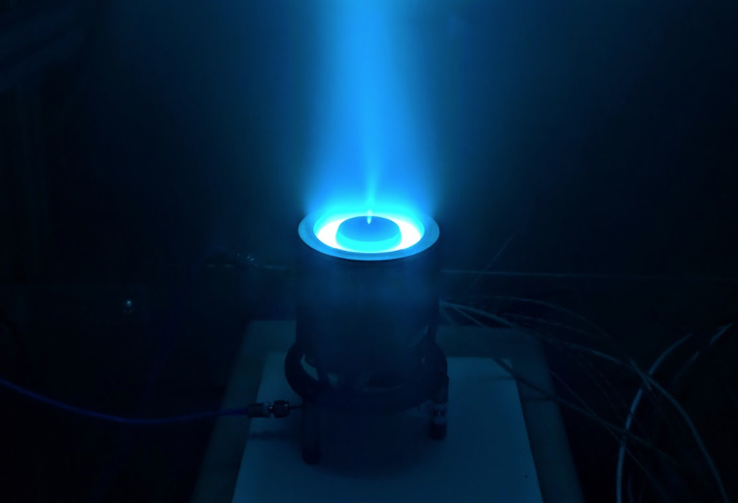 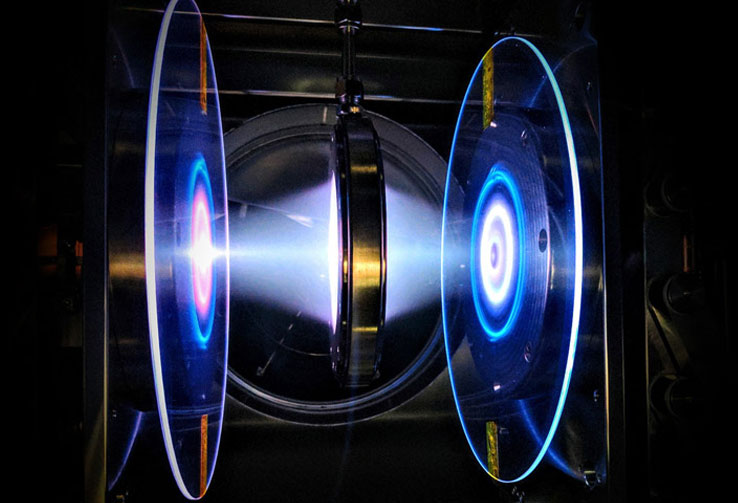
|
At Apollo I created various black box optimization methods in order to improve the performance of plasma based systems with a reactor-in-the-loop experiment system. The performance improvements led to the building of improved hall effect thrusters. I also led the design of the Power Propulsion Unit, which is the part of a satellite that converts power from the main bus to the thruster itself. |
 
|
At X and Loon, I designed some of the original guidance algorithms and software in project Loon. That's where I started working extensively with weather data - especially wind data. I focused on optimal control and path planning. We also worked on explore exploit strategies to allow unprecedented balloon steering performance. You can find more details on this article from MIT Tech Review. great article on The Verge gives some interesting bits about loon navigation's system. |

|
At Google I worked on the design of distributed systems (Google File System and its successor colossus). Subsequently I worked on the census library and the first version of what's publicly known as GRPC, the google RPC library. |